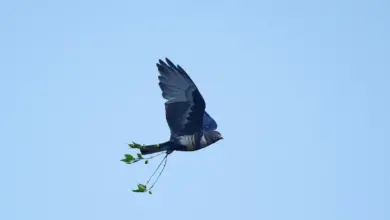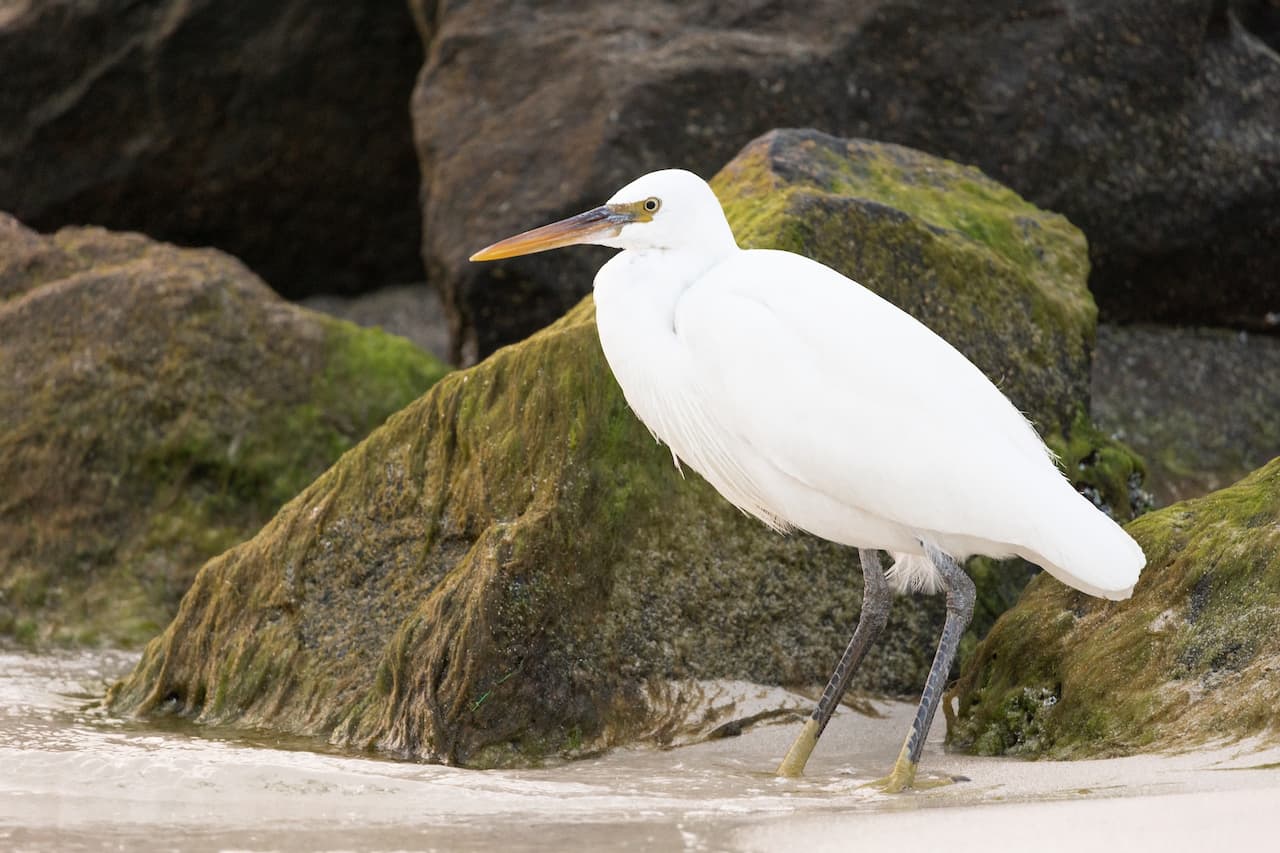Least Pauraques
The Least Pauraque (Siphonorhis brewsteri) – also sometimes referred to as Least Poorwill – is a small and very rare nightjar that is native to Hispaniola – a major island in the Caribbean that is divided into the two sovereign states of the Dominican Republic and Haiti. The island is located between Cuba to the west and Puerto Rico to the east.
The Least Pauraque was formerly considered conspecific (one and the same species) with the Jamaican Pauraque with which it probably forms a superspecies. (Superspecies are closely related species with non-overlapping distributions; they are thought to have evolved from the same species.
The Least Pauraque was first described in 1917.
Alternate (Global) Names
Chinese: ???? … Czech: lelek drobný, Lelek nejmenší … Danish: Hispaniolapoorwill … Dutch: Haïtipauraque, Haïti-pauraque … German: Haitinachtschwalbe … Estonian: võseriku-öösorr … Finnish: Haitinkehrääjä … French: Engoulevent grouillé corps, Engoulevent grouillécor … Italian: Succiacapre di Brewster … Japanese: hisupaniorakoyotaka, hisupaniorayotaka … Norwegian: Haitinattravn … Polish: lelek mniejszy … Russian: ?????????? ???????, ????????? ??????? … Spanish: Chotacabra Pequeña, Chotacabras Torico, Torico … Swedish: Hispaniolanattskärra
Distribution / Range
The Least Pauraque is found in the central and west Dominican Republic (particularly on the northern slope of the Sierra de Baoruco and between Oviedo and Pedernales), Haiti (between Arcahaie and Montruis north of Port-au-Prince) and Gonve Island (Ile de la Gonve) located to the west-northwest of Port-au-Prince in the Gulf of Gonve.
This species was previously considered extinct; however, surveys at Las Cruces, Sierra de Bahoruco, in 1976 and March 1996 revealed 4.8 birds/km2. It is now thought to be rare, although could possibly be locally common.
Its natural habitat includes arid or semi-arid lowlands (particularly scrubby woodland), as well as broadleaf, pine, or mixed forest up to 2,600 feet or 800 m.
Description
The Least Pauraque is a small nightjar that is only slightly larger in size than a sparrow, measuring 6.7 – 8.5 inches (17 – 21.5 cm) in length, including its tail.
The plumage is mostly greyish brown with black streaks. It has a broad buff band on the back of the neck and a white chest band. The wing feathers are tipped with white. The underside is barred. Males and females look alike.
Their cryptic appearance blends perfectly into their habitat and they are very difficult to spot during the daytime, when they are usually hidden away sleeping.
Similar Species:
It resembles the Jamaican Pauraque (Siphonorhis americana), but is smaller in size, with a greyer plumage and a shorter tail.
Calls / Vocalizations
Its song is described as a rising, trilled whistle and a variety of calls, such as croaking, half-whispered gu-ek followed by drawn-out, guttural pau-rá-kay.
Breeding / Nesting
No information is available about its breeding and feeding habits; however, it is likely that the breeding and nesting behavior is/was similar to that of the nightjar family.
The male establishes his territory and sings at night to keep rivals away and at the same time to attract a female.
Nightjars don’t actually construct a nest, as most other bird species do. They simply place the eggs on the ground on open soil covered with dead leaves.
Nesting appears to be timed in such a way that the moon is more than half full at the time they are feeding their young – likely as the additional light during the night facilitates caring for the young and foraging for food.
The female may lay one to two eggs (mostly two) that are whitish or creamy in color, with brown and grey spots or blotches.
During the day, the incubation of the eggs is undertaken by the female, while both parents share the incubation at night. The incubation period is about 19 to 21 days.
As the chicks emerge from the eggs, they are covered in down. They are able to make short-distance movements within 24 hours of hatching. They tend to move apart shortly after hatching and/or the parents shove them apart as they flush the nest. One assumes that this is to make it more difficult for predators to see them. Generally, the male stands guard near the nest to defend his offspring and the nest site. He often hovers in place nearby with his body in a nearly vertical position and his tail is spread to show off his white barring. The parents communicate with their young via soft clucking sounds to which the chicks respond.
The adults hunt and feed the young regurgitated food (usually insects), and they continue to brood them until they are ready to fledge (leave the nest), which generally occurs when they are about 20 to 21 days old.
If conditions are favorable, the female may lay a second clutch close to the first. While she is incubating the new set of eggs, the male continues to care for the young from the first brood.
They have developed several behavioral adaptations to minimize predation:
- Their nocturnal (night) lifestyle reduces the likelihood of being detected by daytime predators. During the daytime, they typically sleep on the ground where they are perfectly camouflaged by their “earthy” colored plumage. They almost always change their roost sites on a daily basis.
- When nesting, they sit quietly on the eggs, minimizing any movements that could get them detected.
- If an intruder does get close to the nest, the parents may try to lead them away by first flushing off the nest and when landing feigning injury as they lead the potential thread away from the nest. While the parent performs this distraction display, the young may scatter and freeze.
- The parent who is not incubating the eggs or brooding the young will roost away from the nesting area.
- They may also move the eggs or young to prevent them from being preyed upon.
- Nightjars avoid voicing when they hear the calls made by predatory nocturnal animals, such as owls.



